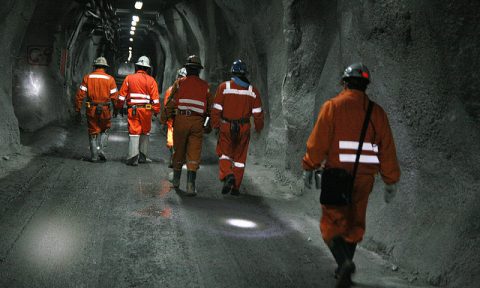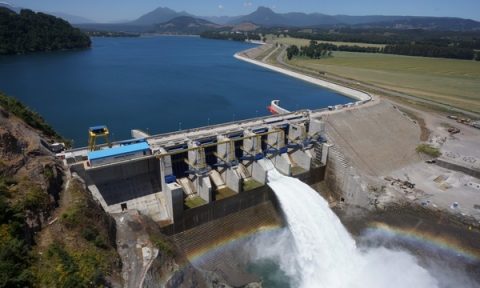Mining longer the main area of foreign direct investment in Chile

Falling copper prices and higher costs in the industry influence the loss of importance. Energy is enshrined in the first place, followed by the financial services area.
Mining has historically been the main focus of attraction for foreign investors that land in Chile, but in 2013 changed that reality. Updated Central Bank figures show that last year the flows coming from the outside to the industry totaled U.S. $ 2.295 million, a very minor amount considering that during the previous year were collected almost $ 13 billion (see infographic).
Last year, the flow of foreign direct investment (FDI) to the country totaled U.S. $ 20,258 million; that is, U.S. $ 8,284 million less than in 2012.
While the decline in mining can be a factor as transitional-according to some experts’s vision, it remains striking that recent FDI flows received by the industry are the lowest in at least four years. Because the availability of official data only goes up to 2009 when the local mining industry received more than $ 7 billion, it is not possible to make a more extensive comparison.
Gustavo Lagos, professor at the Catholic University, is emphatic in stating that the low investment is not related to current issues as the uncertainty of the tax reform. In that sense, he argues that what has most influenced is “the decision of the companies to suspend new copper projects in the world, limiting itself to only the extremely advantageous initiatives”.
The expert explains that the retail investment product weakness in copper prices, which currently trades around $ 3.1 a pound, well below their levels of three years ago, when the unit became contribute about $ 4. Booming copper has declined in line with lower demand from China, the largest consumer of raw materials in the world. Other elements of pressure, indicating Lagos, have been the high cost of energy in Chile, the strong dollar and rising labor costs full of companies in the local market, reaching an average of $ 70,000 per capita.
“While these factors do not change, the investment in mining will hardly approach the levels of the past”, he notes.
Energy leads
Low mining gave entry into the sector of electricity, gas and water as the domestic industry with more FDI. Last year we raised U.S. $ 4,852 million and surpassed its 2012 record, when incorporated U.S. $ 2,013 million.
Jorge Pizarro Cristi, Executive Vice President of the Foreign Investment Committee, praised the record. “Undoubtedly, the increase in FDI in an area where our economy has so important challenges, such as the energy sector, is good news, and shows that it is possible for the country to have a considerable capital supported by sectors other than the more traditional “.
The reasons for the increase in FDI flows are due to the arrival of various projects of non-conventional renewable energy and some specific operations like Enersis capitalization (which reached U.S. $ 6 billion in cash and contributions from equity investments) mean statistically significant amounts.
The second most FDI attracted kept the financial services sector, which in 2013 received U.S. $ 3,236 million. This industry scored flows from buying AFP Cuprum by the Principal Financial Group from U.S., after the disbursement of about U.S. $ 1,500 million.
Source: El Mercurio













